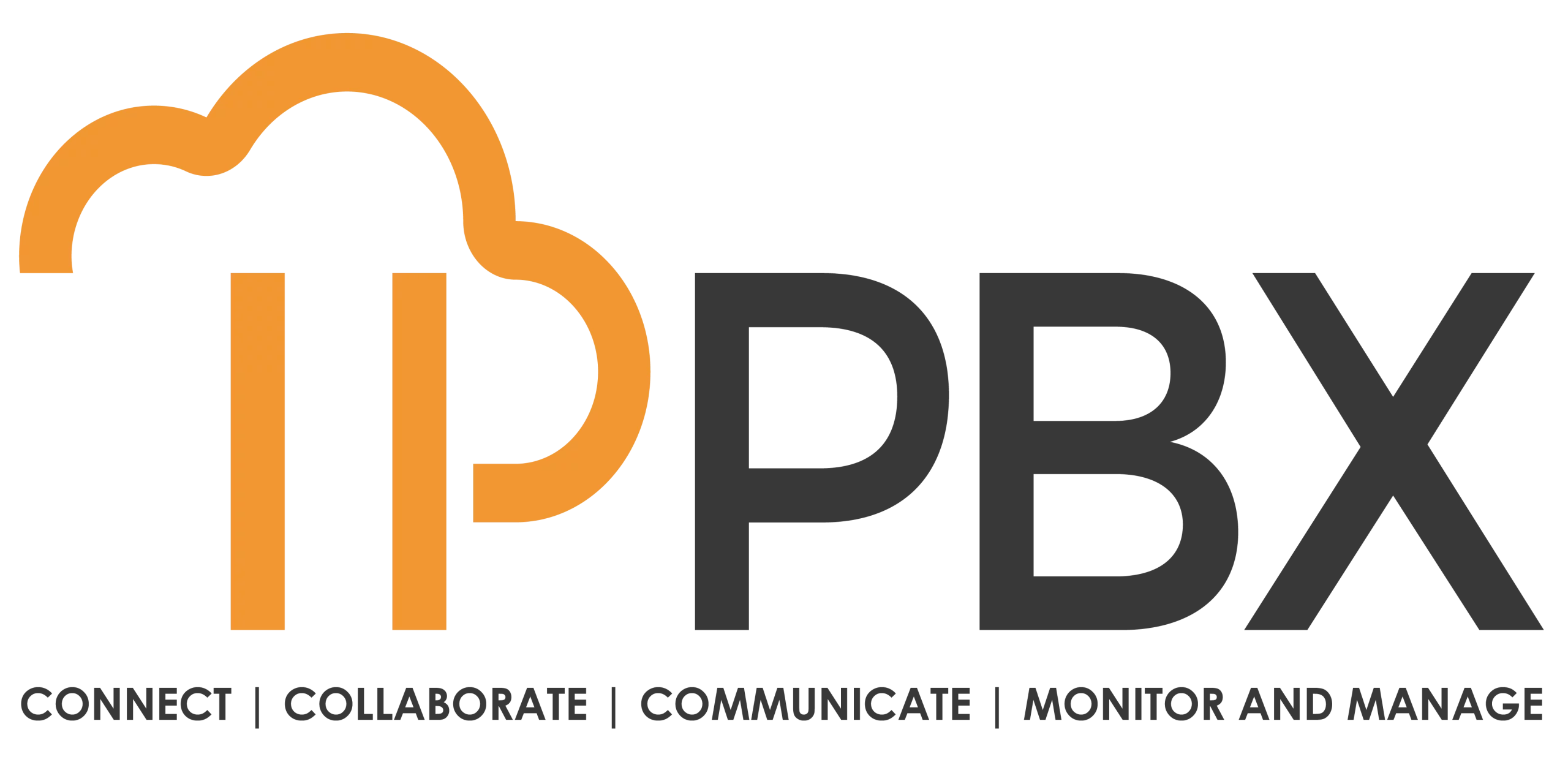Introduction:
In the realm of document management, SharePoint has emerged as a powerhouse, offering a comprehensive suite of features to streamline document handling, enhance collaboration, and boost productivity. To guide us through the array of SharePoint document management capabilities, we turn to Stanton Dixon, a renowned expert in the field of information technology. Join us as we delve into the world of SharePoint and uncover how its features can revolutionize your organization’s document management practices.
Meet the Expert: Stanton Dixon
Stanton Dixon is a distinguished authority in the field of information technology, with an extensive background in helping organizations leverage technology for improved document management. Stanton’s credentials and expertise make him a sought-after consultant and thought leader in the industry. With his guidance, organizations have transformed their document management practices.
SharePoint Document Management Overview
Before we explore its features, it’s essential to understand SharePoint’s role in modern organizations. Stanton Dixon underscores that SharePoint is a versatile platform that goes beyond document management; it serves as a hub for team collaboration, document storage, and information sharing. Its document management capabilities are a fundamental pillar of its utility.
SharePoint offers a centralized repository for documents, making it easy for teams to access, collaborate on, and track changes to documents, all while maintaining version control and security.
Key Document Management Features in SharePoint
SharePoint’s document management features are vast and multifaceted. Stanton Dixon highlights some of the most critical features:
- Efficient Document Storage and Retrieval: SharePoint provides a structured and organized environment for storing documents, complete with metadata and tagging capabilities for easy retrieval.
- Collaboration Tools and Version Control: Teams can collaborate on documents in real time, track changes, and revert to previous versions when needed.
These features empower organizations to manage documents efficiently, enhance collaboration, and maintain data integrity.
Enhancing Security and Compliance
In today’s data-sensitive landscape, security and compliance are paramount. Stanton Dixon explains how SharePoint addresses these concerns. It offers robust data security features, including permissions, encryption, and data loss prevention, ensuring that sensitive information remains protected.
Moreover, SharePoint includes features for compliance, helping organizations meet regulatory requirements and maintain data governance standards.
Integration and Accessibility
SharePoint seamlessly integrates with Microsoft 365, making it a natural choice for organizations already using Microsoft’s suite of productivity tools. Stanton Dixon emphasizes that this integration allows for a cohesive workflow, simplifying document management.
Furthermore, SharePoint is accessible from anywhere with an internet connection, enabling remote work and enhancing productivity.
Real-World Success Stories
To illustrate the practical benefits of SharePoint’s document management features, Stanton Dixon shares real-world success stories. These stories showcase how organizations have streamlined operations, improved collaboration, and achieved cost savings through the adoption of SharePoint.
The Future of SharePoint Document Management
As technology evolves, so does SharePoint. Stanton Dixon discusses emerging trends, such as AI-driven document categorization and enhanced mobile capabilities. Staying abreast of these developments can help organizations stay ahead in the document management arena.
Conclusion
In conclusion, SharePoint is a powerhouse when it comes to document management, offering an array of features that can revolutionize how organizations handle documents, collaborate, and maintain data security and compliance. With insights from Stanton Dixon, you now have a deeper understanding of SharePoint’s capabilities and how they can benefit your organization.

